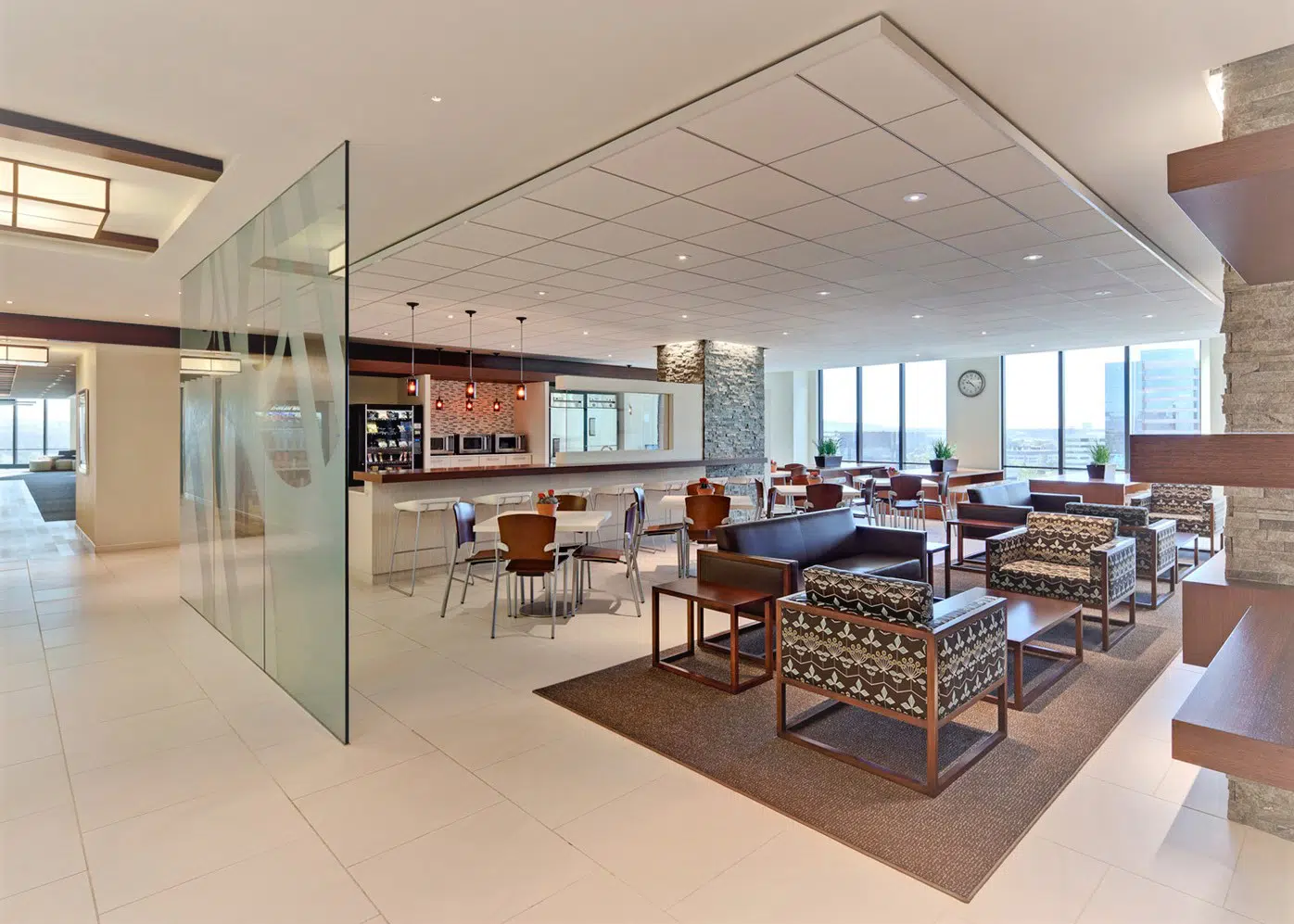
27 Aug 4 Ways to Improve Your Office Culture
Arianna Huffington writes of corporate culture, “There are endless truisms about the importance of company culture — so many that the idea of a strong culture has become a cliché. We often just nod our heads and move on. But it matters. So how can we put flesh and blood on the idea to make it more than just a nice saying? How can companies embody the connection between culture and the bottom line? Here are 4 ways.
How To Improve Your Office Culture
Invest in employee perks
“What do the campuses of Google, Facebook, and Netflix all have in common? Beyond being some of the biggest companies on the web, they all invest heavily in employee perks. Google offers perks such as mid-day gym classes and Facebook goes as far as offering on-site health care.” If you don’t have the budget for these types of perks you can try things like group happy hours, group lunches, free snacks, gourmet coffee, wellness programs or out-of-the-box ideas like dry cleaning delivery or other errands that you can run for your employees. When people feel like they are being treated with respect and given the added perks, they are more productive and happier in their jobs.
Embrace a Transparent company culture.
Transparency produces trust. Who can trust a company or person who doesn’t disclose information, who keeps everything close to the vest, who doesn’t share anything? (FastCompany). TINYPulse’s Sabrina Son writes, “Trust and transparency are giving employees unfiltered insight into a company’s operations and future. It’s giving employees a voice. And most of all, it’s trust.” Be transparent from the leadership down and try to be transparent on all levels. Be transparent and upfront about changes, products, prices, salaries, job titles, job duties, company successes and failures and you will encourage your employees to be honest as well.
Cultivate Employee relationships
Having a strong relationship at work drives employee engagement, but it doesn’t happen automatically. Building strong coworker relationships takes time and effort.
Research suggests you could benefit from creating spaces that encourage, and even generate what Ben Waber, Jennifer Magnolfi, and Greg Lindsay refer to as “collisions,” in their fascinating Harvard Business Review piece, “Workspaces That Move People.”
Think about both the physical and cultural environment in your own organization. Is it conducive to building strong relationships? If it isn’t, make the shift. It’s easy to engineer spaces and situations that promote coworker interaction. (2)
Create Chance encounters
Chance encounters and interactions have shown to improve performance. Big name companies are reorganizing and recreating their buildings to maximize chance encounters. “The most creative ideas aren’t going to come while sitting in front of your monitor,” says Scott Birnbaum, a vice president of Samsung Semiconductor.
The research in this field has learned that spaces can be designed to produce specific performance outcomes—productivity in one space, say, and increased innovation in another, or both in the same space but at different times.
Jon Fredrik Baksaas, the CEO of the Norwegian telecommunications company Telenor, credits the design of the company’s Oslo headquarters with helping it shift from a state-run monopoly to a competitive multinational carrier with 150 million subscribers. That design, he says, improved communication, accelerated decision making, and even created what he calls “an attacking mindset.”
The improved communication Telenor achieved in its new space can be explained by Alex “Sandy” Pentland’s April 2012 HBR article, “The New Science of Building Great Teams.” Pentland deployed badges that track how people talk to one another, who talks with whom, how people move around the office, and where they spend time. Pentland identified three key elements of successful communication: exploration (interacting with people in many other social groups), engagement (interacting with people within your social group, in reasonably equal doses), and energy (interacting with more people overall).
Spaces designed to promote these activities increase the likelihood of collisions—and the data repeatedly demonstrate that more collisions create positive outcomes. (5)
Source
- http://time.com/4946555/arianna-huffington-workplace-culture-improvement/
- https://blog.bonus.ly/10-dead-simple-ways-improve-company-culture/
- https://www.inc.com/dan-scalco/4-ways-to-vastly-improve-your-company-culture.html
- https://www.fastcompany.com/3036794/why-a-transparent-culture-is-good-for-business
- https://hbr.org/2014/10/workplaces-that-move-people
- https://hbr.org/2012/04/the-new-science-of-building-great-teams



















